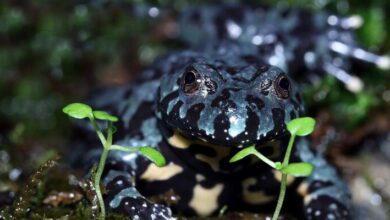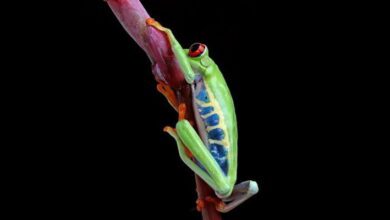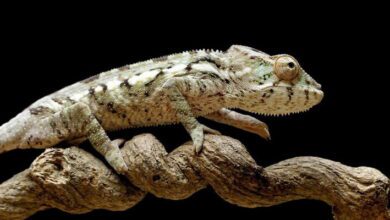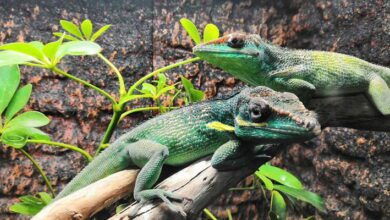Reptile Physiology MCQs with Answers

Welcome to the Reptile Physiology MCQs with Answers. In this post, we have shared Reptile Physiology Online Test for different competitive exams. Find practice Reptile Physiology Practice Questions with answers in Biology Tests exams here. Each question offers a chance to enhance your knowledge regarding Reptile Physiology.
| The physiology related to reptiles is the systematic study of biological functions and processes that allow a reptile to survive in various environments. Since reptiles are ectothermic, it must use some external sources of heat because its metabolic rates as well as activity levels are vastly different from that of these animals. Circulatory System: Reptiles have a three-chambered heart, two atria, and one ventricle. However, most species possess a more recent four-chambered heart-like that of crocodilians. This arrangement promotes the circulation of both oxygenated and deoxygenated blood thus allowing them to lead an active lifestyle. In reptiles, the lungs are better developed than in amphibians; although in most of the reptiles, adaptations like specific snakes-for example-with a very vascularized structure that increases the rate of gas exchange, but they feature neither a diaphragm. Movement of the body is what helps breathe. Nervous System: It’s relatively developed in reptiles; it therefore permits such a complex behavior as hunting, mating, and territoriality. They possess acute vision, and some species hold acute hearing abilities that help them detect prey and avoid predators. Excretory System: They excrete waste largely in the form of uric acid – a semi-solid substance which has less water, and therefore proves an important adaptation for living arid environments. Their kidneys also are well planned to absorb water which keeps them hydrated. Thermoregulation: Since reptiles are ectotherms, they regulate their body temperatures through behavioral adaptations; they either sunbask or seek shade. Such thermoregulations would be very essential in the case of maintaining their metabolic functions. |
Reptile Physiology Online Quiz
By presenting 3 options to choose from, Reptile Physiology Quiz which cover a wide range of topics and levels of difficulty, making them adaptable to various learning objectives and preferences. You will have to read all the given answers of Reptile Physiology Questions and Answers and click over the correct answer.
- Test Name: Reptile Physiology MCQ Quiz Practice
- Type: Quiz Test
- Total Questions: 40
- Total Marks: 40
- Time: 40 minutes
Note: Answer of the questions will change randomly each time you start the test. Practice each quiz test at least 3 times if you want to secure High Marks. Once you are finished, click the View Results button. If any answer looks wrong to you in Quizzes. simply click on question and comment below that question. so that we can update the answer in the quiz section.
Download Certificate of Quiz Reptile Physiology
On the end of Quiz, you can download the certificate of the quiz if you got more than 70% marks. Add a certificate to your job application or social profile (like LinkedIn) and get more job offers.
Download Reptile Physiology MCQs with Answers Free PDF
You can also download 100 Reptile Physiology Questions with Answers free PDF from the link provided below. To Download file in PDF click on the arrow sign at the top right corner.
If you are interested to enhance your knowledge regarding English, Physics, Chemistry, Computer, and Biology please click on the link of each category, you will be redirected to dedicated website for each category.




